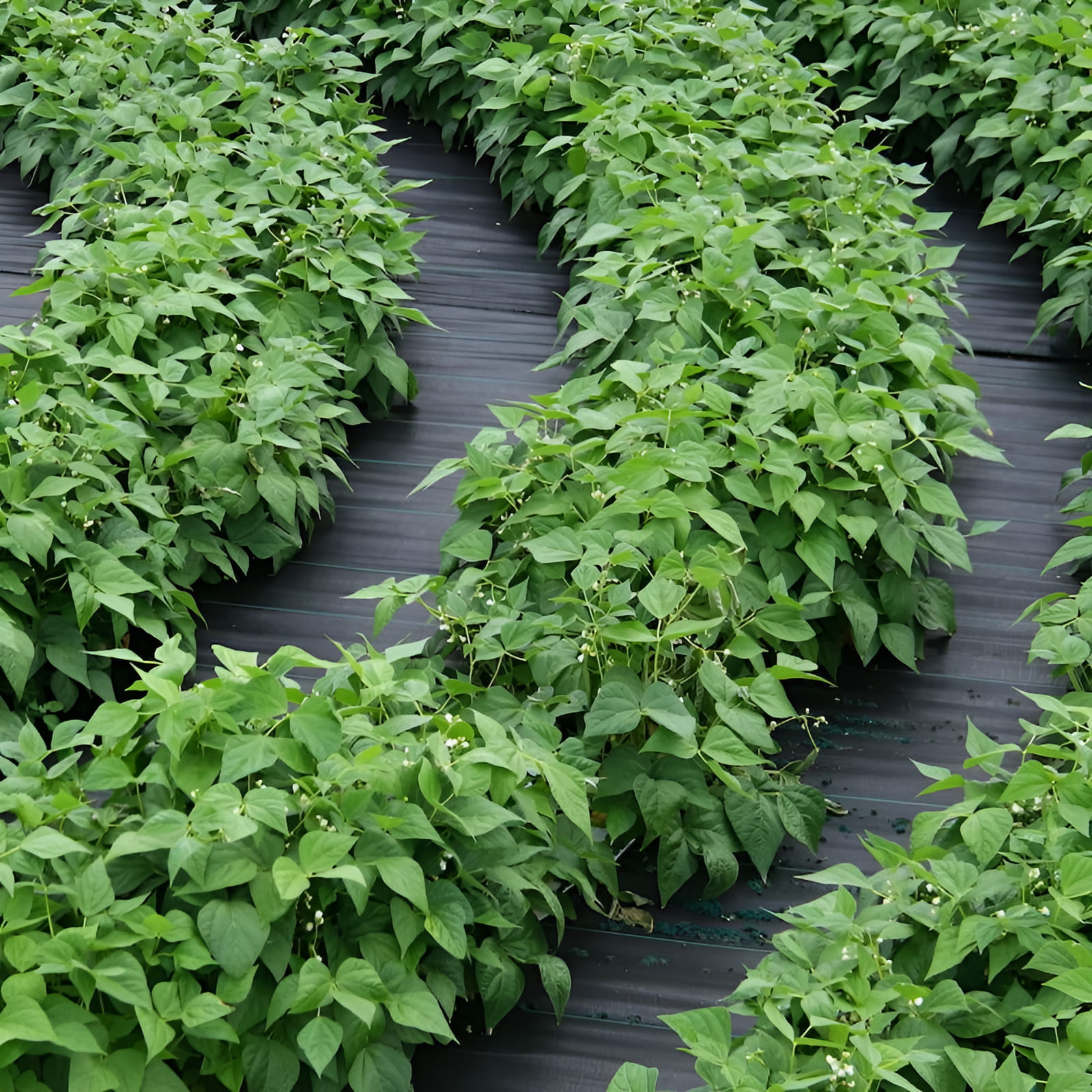
Smallholder farms are the backbone of sustainable agriculture, proving that big change can come from small-scale efforts. These farms, often managed by families or communities, make efficient use of limited land and resources, producing food sustainably while preserving the environment. By incorporating crop circle farming technologies with water-smart irrigation systems, smallholder farms maximize yields with minimal ecological impact. They also promote biodiversity, support local economies, and empower farmers to build resilient, self-sufficient communities. As the global demand for food rises, smallholder farms demonstrate the immense potential of localized, sustainable food production to feed the world while protecting the planet.
Global Food CrisisCrop Circle Farms are a breakthrough in sustainable agriculture. These farms use pre-set circular planting patterns, optimized for maximum yield and minimal environmental impact. By integrating “drill-don’t till” agricultural technologies like pre-fertilized root tubes with water-smart irrigators, the system provides a scalable solution to global food and water crises.
Key Features of Crop Circle Farms:

The potential of 1 million Crop Circle Farms is transformative:
Traditional farming practices often deplete natural resources and contribute to environmental degradation. With a rapidly growing global population, sustainable agriculture is no longer an option—it’s a necessity. By adopting systems like Crop Circle Farms, we can:
At the heart of Crop Circle Farms is a simple yet powerful idea: small, efficient farms can create a massive global impact. By saving billions of gallons of water and feeding billions of people, we’re not just solving problems—we’re building a better future!
Ready to transform your land into a high-yield, sustainable farm? Let Crop Circle Farms design and build a custom, low-impact, and water-efficient farm tailored to your needs. Double your income and cut your costs in half! Contact Us
Help us expand our mission to revolutionize agriculture globally. We are seeking partners to implement Crop Circle Farms to feed people in need. Together, we can build scalable food production systems that save water, reduce costs, and feed thousands of people. Contact Growing To Give